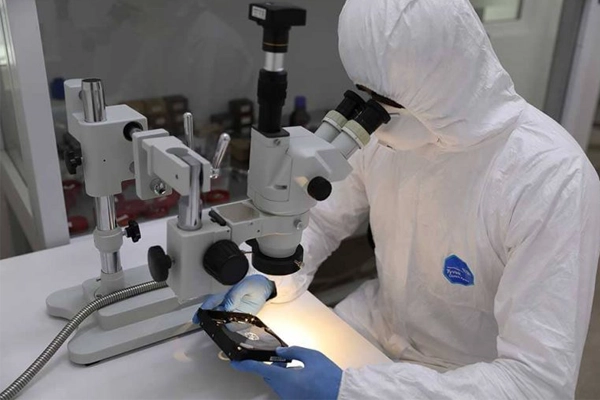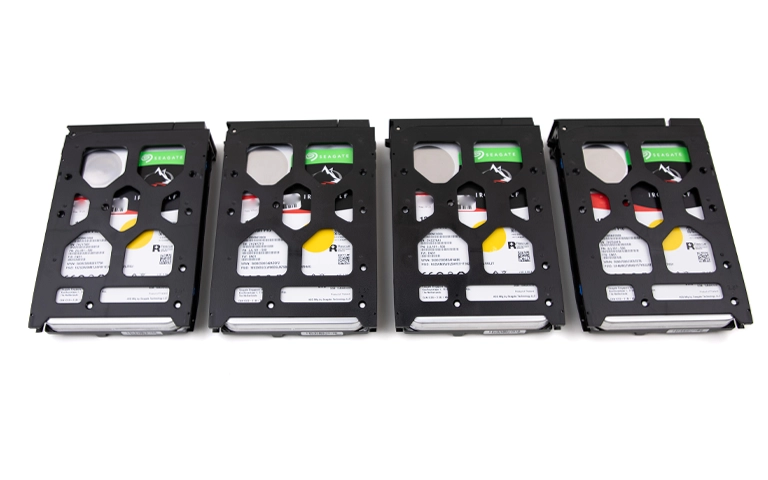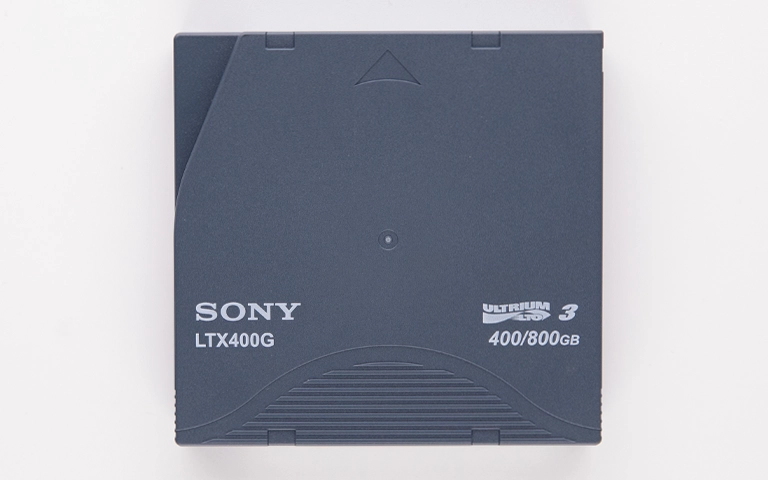Toshiba N300 NAS hard drives are built for 24/7 performance in demanding environments, offering durability and high capacity for personal and business use. However, physical disasters like fires can quickly put critical data at risk. This Toshiba Hard Drive Recovery article outlines how engineers at PITS Global Data Recovery Services successfully recovered data from Toshiba N300 drives exposed to fire, heat, and smoke without permanent damage to the internal platters.

Incident Overview
A client contacted us after a fire broke out in their office server room. Several Toshiba N300 NAS drives that stored essential data including client records, financial documents, and project files were exposed to the aftermath. Although the drives’ outer shells were scorched, the client acted quickly and followed proper data preservation protocols, which contributed greatly to the successful recovery.
The Nature of Fire Damage on Hard Drives
When a hard drive is exposed to fire, it can suffer multiple types of damage:
- Heat Damage: High temperatures can warp the casing, melt the electronics, and in extreme cases, deform or demagnetize the platters. If the magnetic layer is degraded, data can be lost permanently.
- Smoke Contamination: Fine smoke particles can enter the drive enclosure and settle on the read/write heads or platters, potentially causing head crashes or read instability.
- Water Exposure: If the fire is extinguished with water, moisture can seep into the drive and lead to corrosion, especially on exposed electronics.
Protective Factors That Preserved Data
In this specific situation, there were two critical factors that worked in favor of data recovery:
- The platters did not receive direct heat exposure. Although the outer housing and components such as the PCB were damaged, the internal platters remained intact. They were not subjected to temperatures high enough to cause magnetic layer degradation or demagnetization.
- No water reached the hermetically sealed chamber. While water was used to extinguish the fire, the sealed environment inside the drive remained uncontaminated. The platters were untouched by moisture, preventing oxidation or water-related particle buildup.
Because of this, the data on the platters remained in a recoverable state.
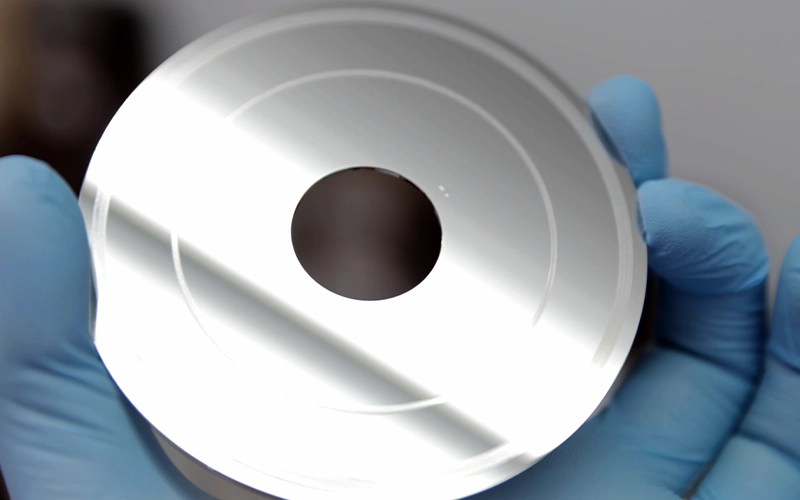
Client Action After the Fire
The client took the right steps after discovering the damage:
- They did not power on the affected drives.
- They avoided opening or cleaning the drives.
- They contacted our data recovery team immediately.
Preserving the drive in its post-incident condition was essential to avoid making the damage worse.
Get a Free Consultation.
Our recovery experts are ready to assess your device and guide you through the safest path to recovery. Fill out the form to get started.
"*" indicates required fields
Our Recovery Process
1. Cleanroom Evaluation
Upon arrival at our ISO-certified cleanroom, each drive was carefully disassembled for inspection. Our engineers assessed the severity of the damage and confirmed that no physical distortion had affected the platters.
Findings:
- Burn marks and smoke residue were present on the casing and PCB.
- The internal read/write heads showed signs of smoke contamination.
- The platters were clean, smooth, and showed no sign of heat or moisture damage.
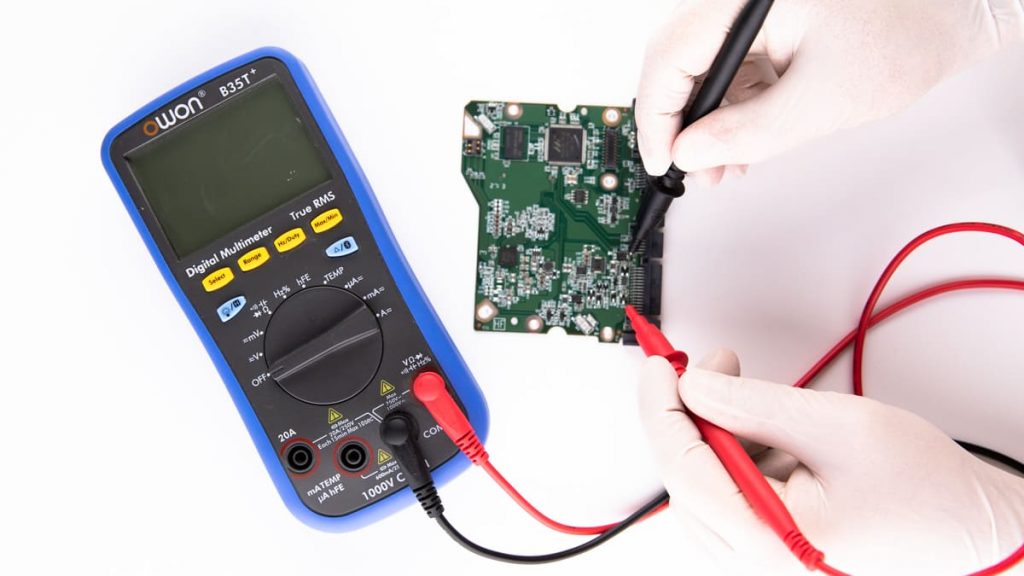
2. Component Replacement
Using our donor drive inventory, we replaced several fire-damaged components, including:
- Burnt or warped PCBs
- Damaged read/write head assemblies
- Melted connector terminals
These replacements enabled us to access the platters in a controlled, operational environment.
3. Data Imaging
With a stable hardware environment restored, we used specialized imaging tools to safely read the contents of the platters. This involved bypassing minor sector-level damage and working around read instability caused by previous contamination.
4. RAID Reconstruction
The recovered drives were part of a RAID configuration. Using the successfully imaged data, we virtually reconstructed the RAID array, reassembled the volume, and verified the file system structure.
5. Data Integrity and Repair
After full reconstruction, we ran consistency checks and selectively repaired minor file-level corruption. File integrity remained high due to the absence of direct platter damage.
Challenges and Solutions
- Risk of Platter Demagnetization: Fortunately, internal temperatures remained below the threshold where magnetic degradation would occur. If heat had reached the platter surface, data loss would have been permanent.
- Component Matching: Toshiba N300 drives use specific firmware builds, requiring precision in matching donor parts. Our in-house inventory enabled quick and accurate swaps.
- Smoke Contamination: The microscopic particles from smoke required advanced cleaning and drive tuning to prevent read errors during imaging.
Your Data Security Is Our Priority
Data privacy isn’t optional. It’s our commitment. Our secure recovery process ensures your sensitive information stays protected from start to finish.
Trust in certified security. Start your recovery today! Call Now: 888.611.0737
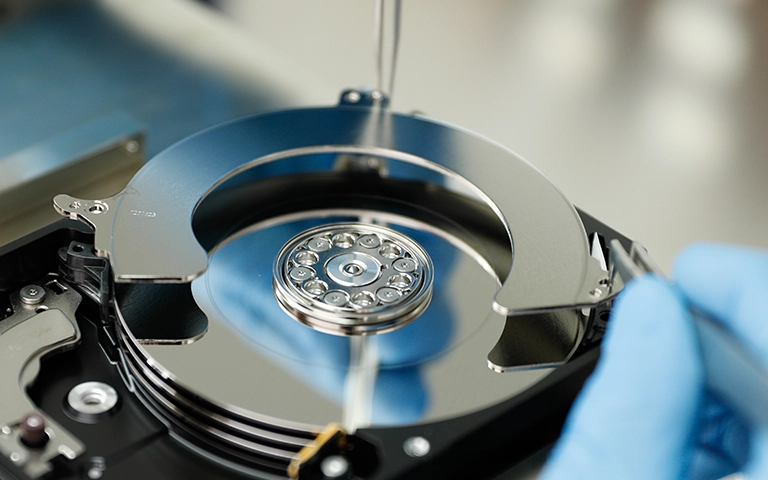
Recovery Results
Thanks to the quick actions of the client and our technical capabilities, over 95% of the client’s mission-critical data was successfully recovered. The client received the restored data on a new encrypted external drive along with a recovery log and file structure report.
Conclusion
Fire damage does not always mean data loss, especially if the internal platters are not exposed to extreme heat or water. In this case, the Toshiba N300 drives were heavily damaged on the outside, but the magnetic storage layer remained untouched. With the right expertise, tools, and controlled conditions, data recovery was achieved efficiently and securely.
If you’ve experienced fire damage to a hard drive, avoid powering on the device and contact a professional hard drive recovery service immediately. Every moment counts when it comes to preserving your data.
Watch what our customer saying
Need Expert Help with a Fire Damaged Drive?
Reach out to PITS Global Data Recovery Services for a professional evaluation and recovery plan.
Don't Let Data Loss Ruin Your Business
Minimize business disruption. We retrieve lost data fast, so you can focus on what matters.

